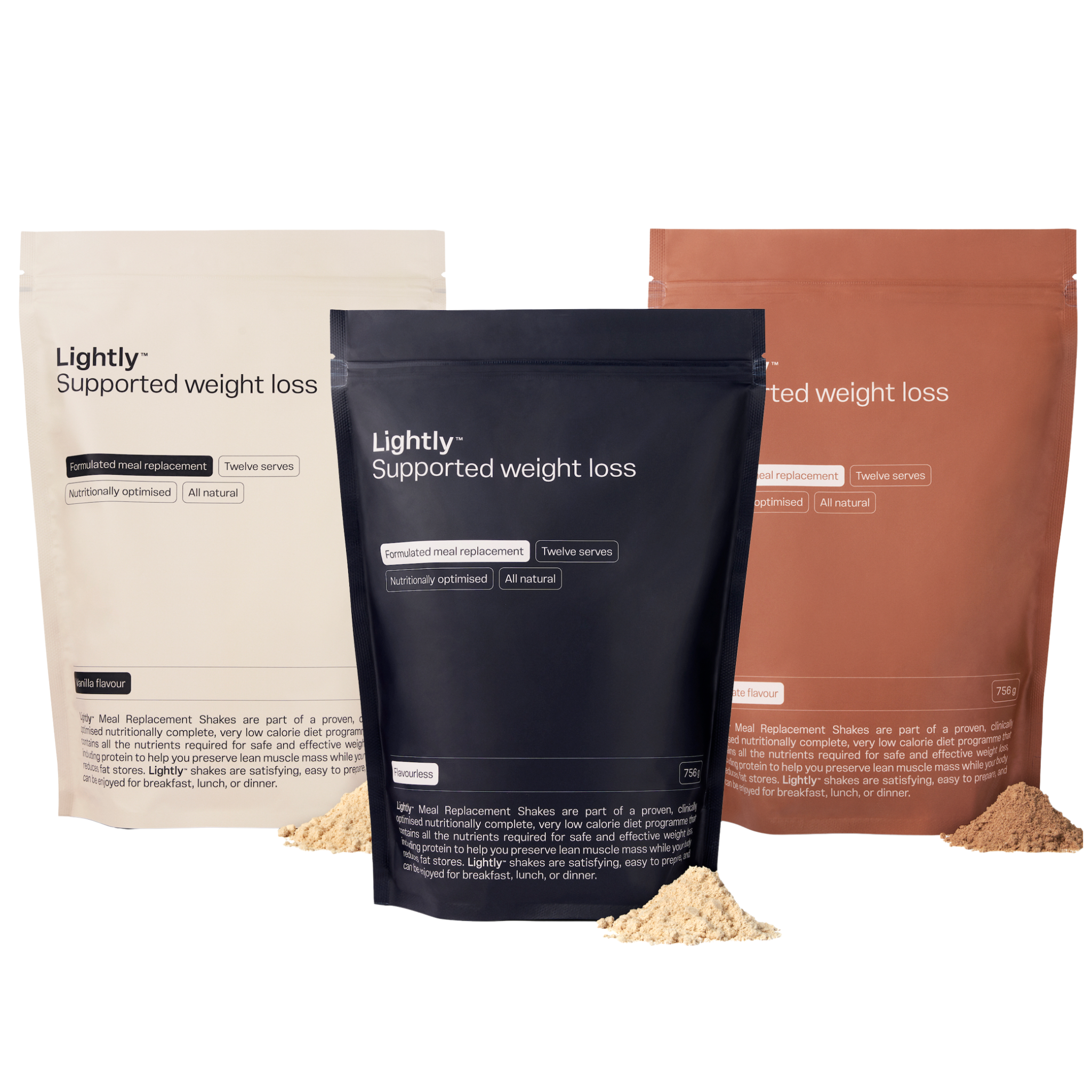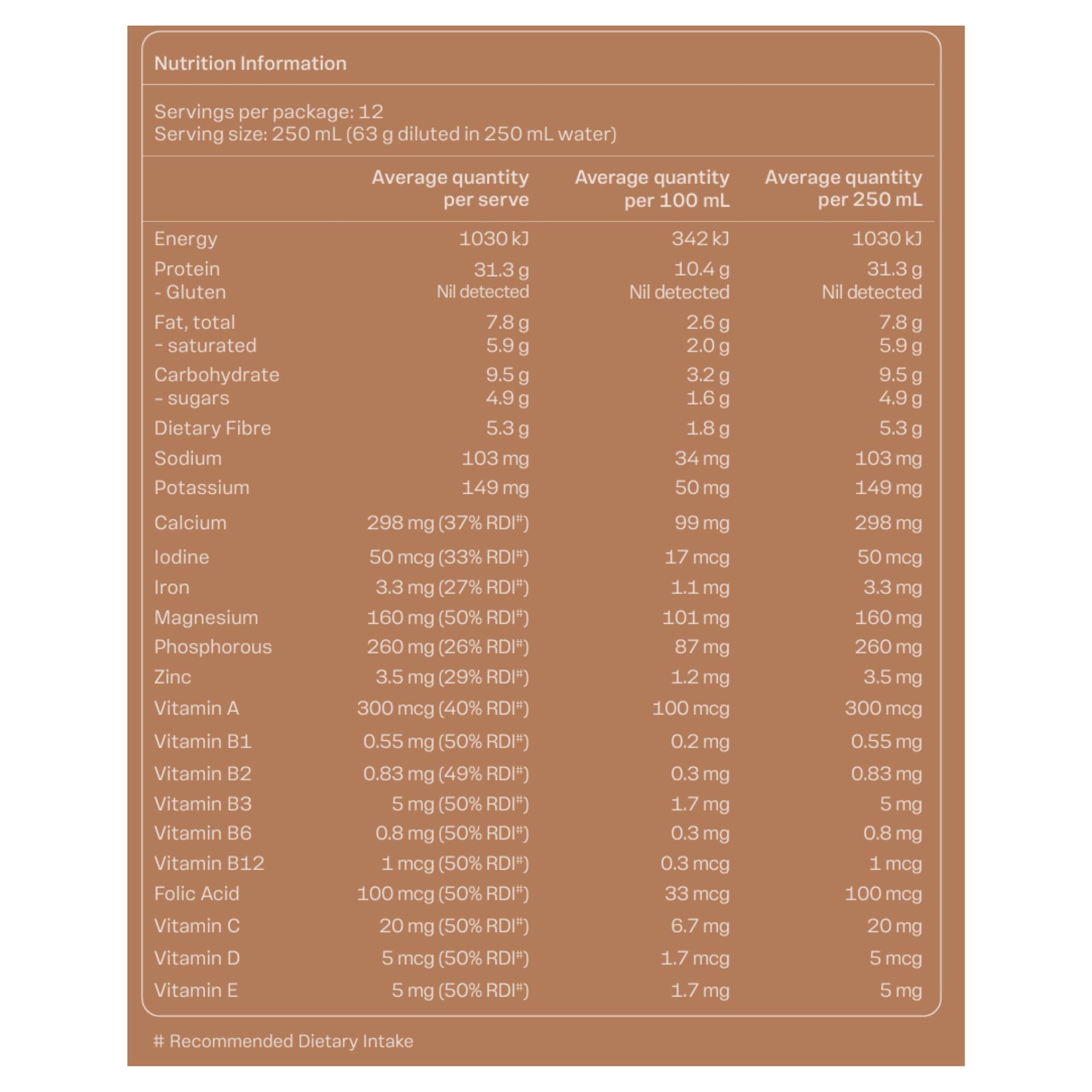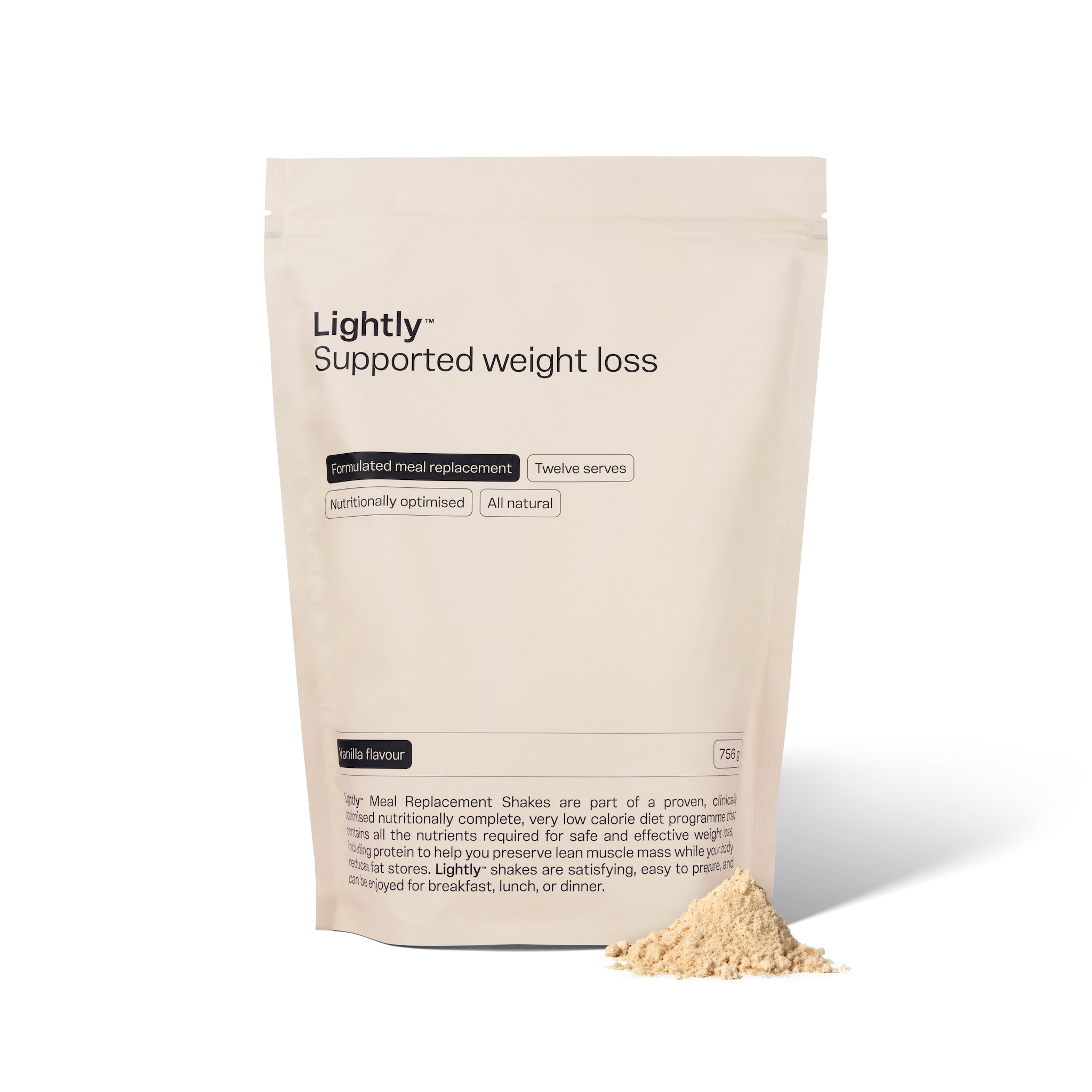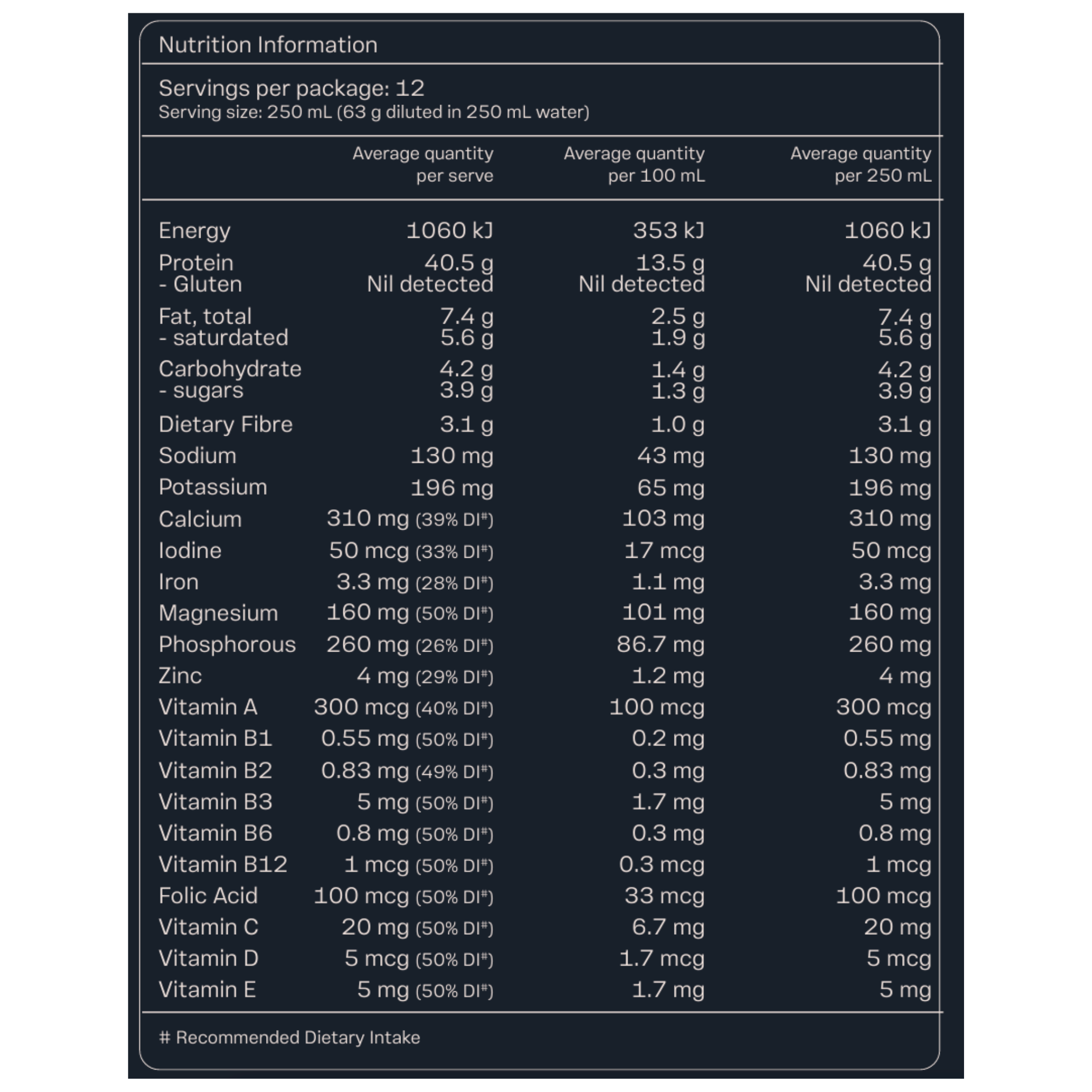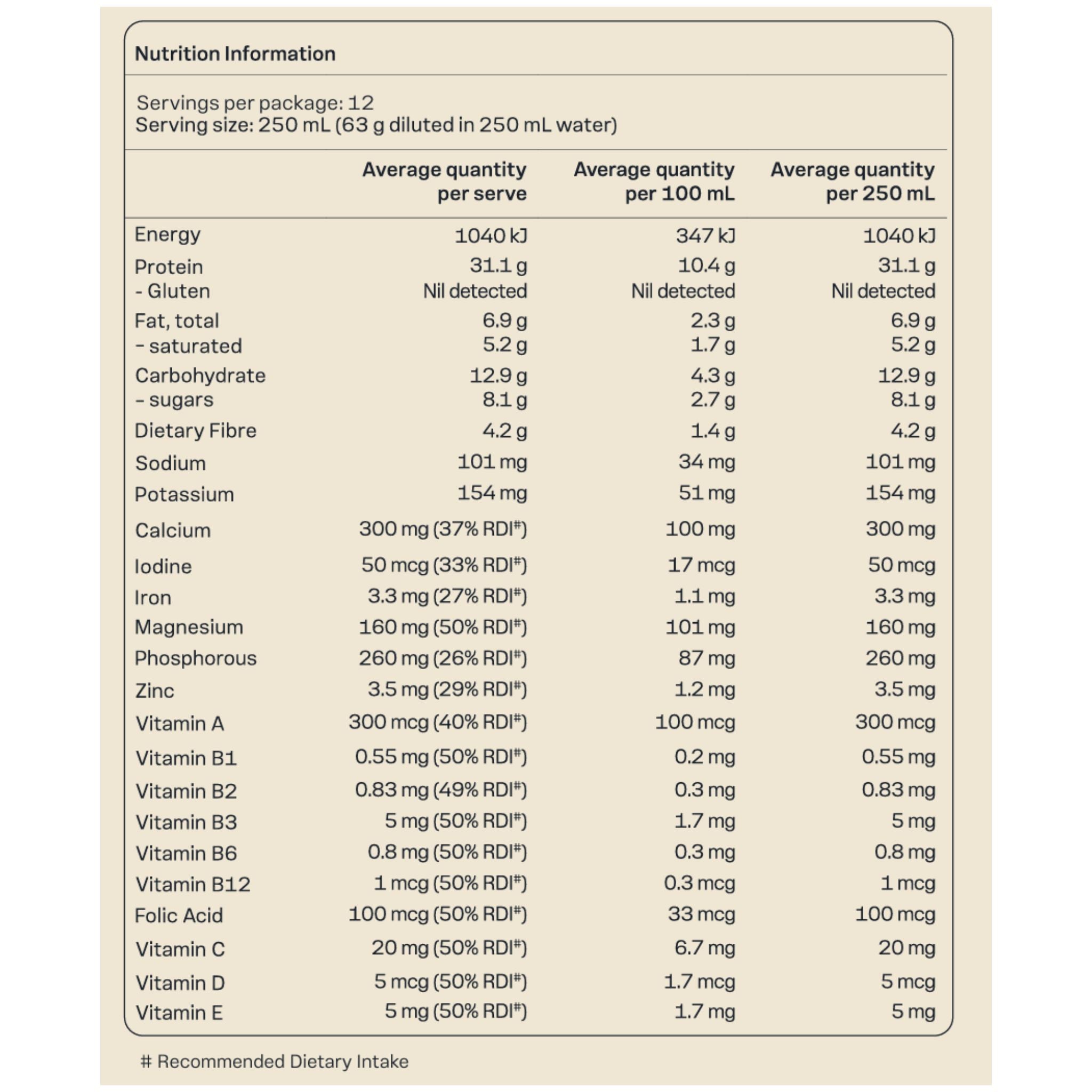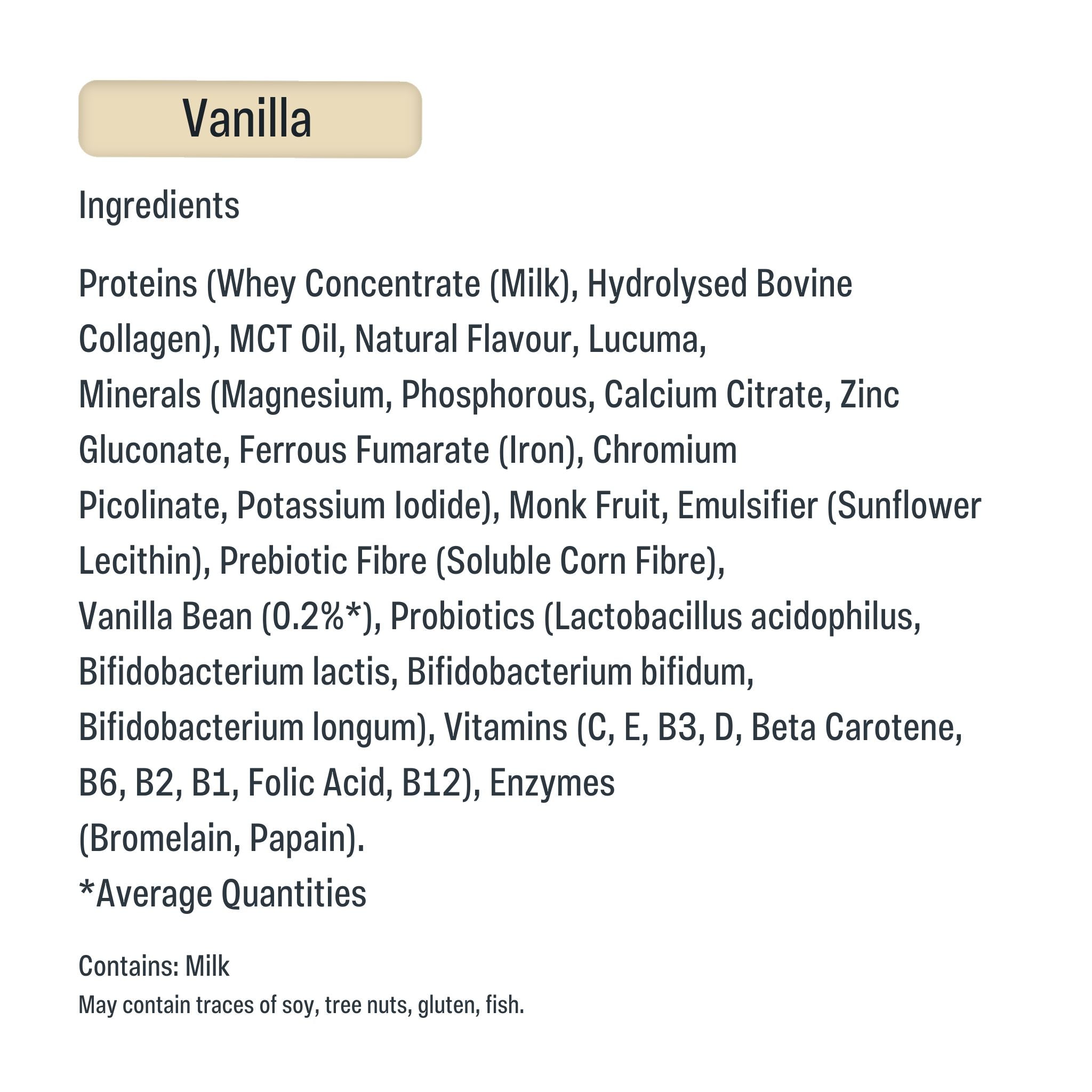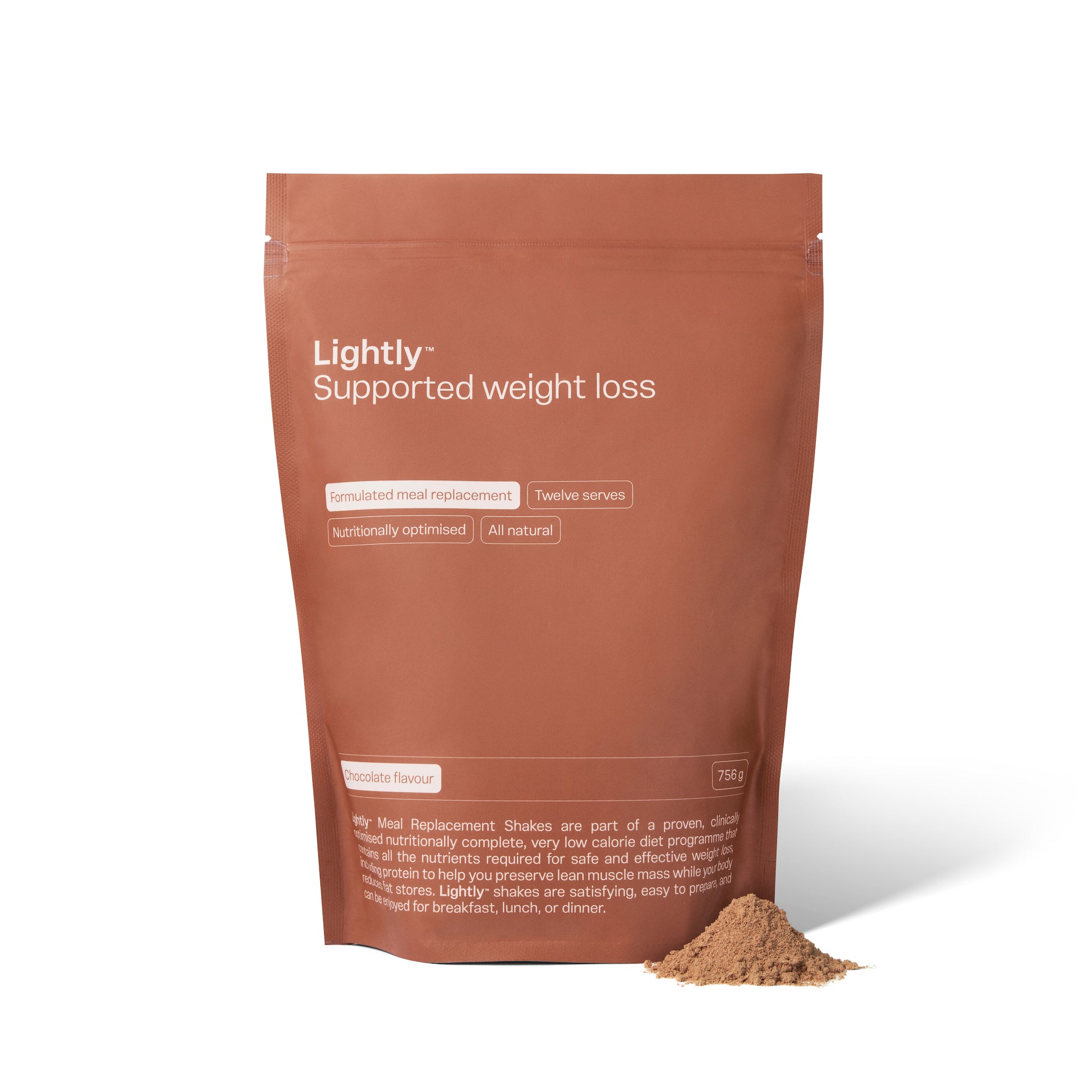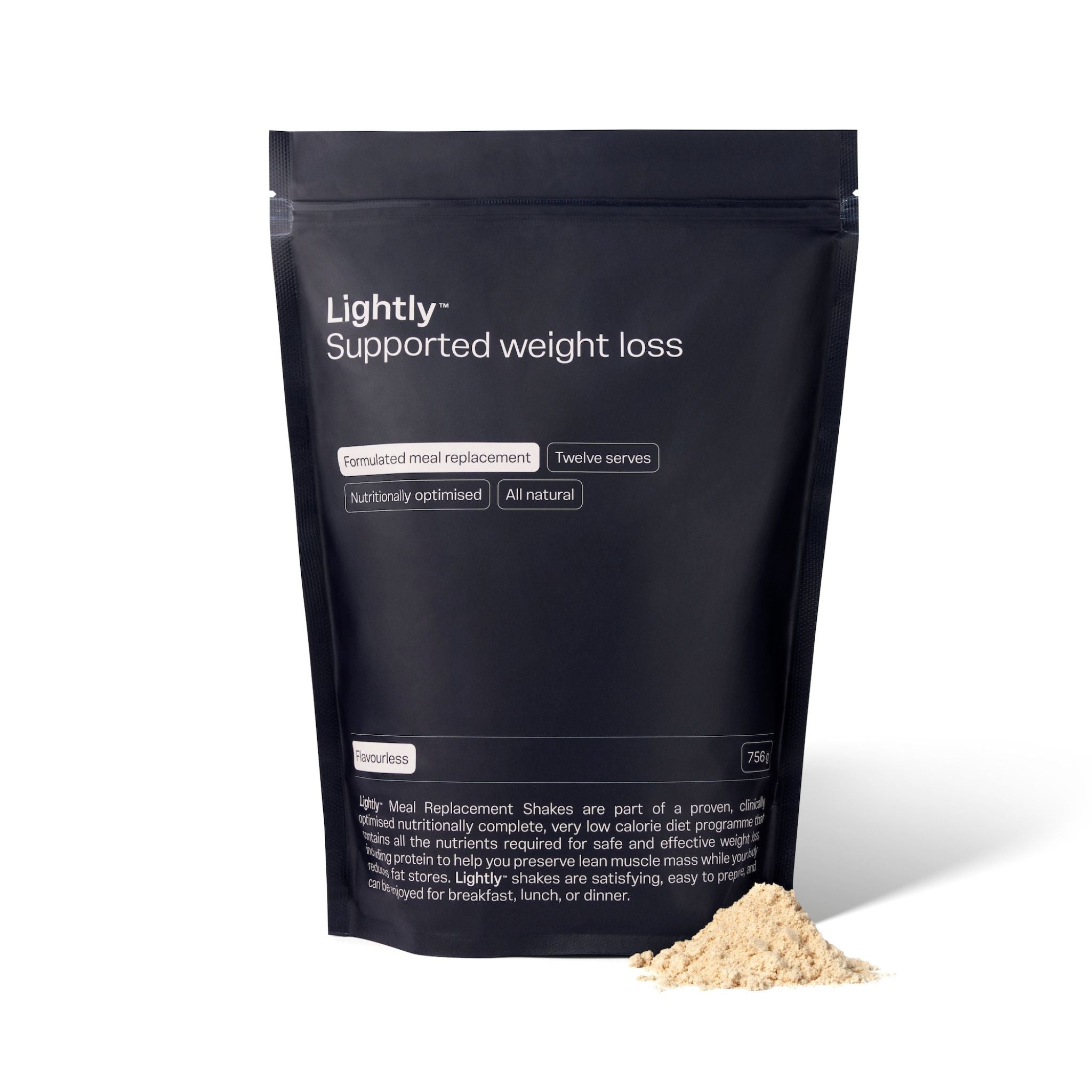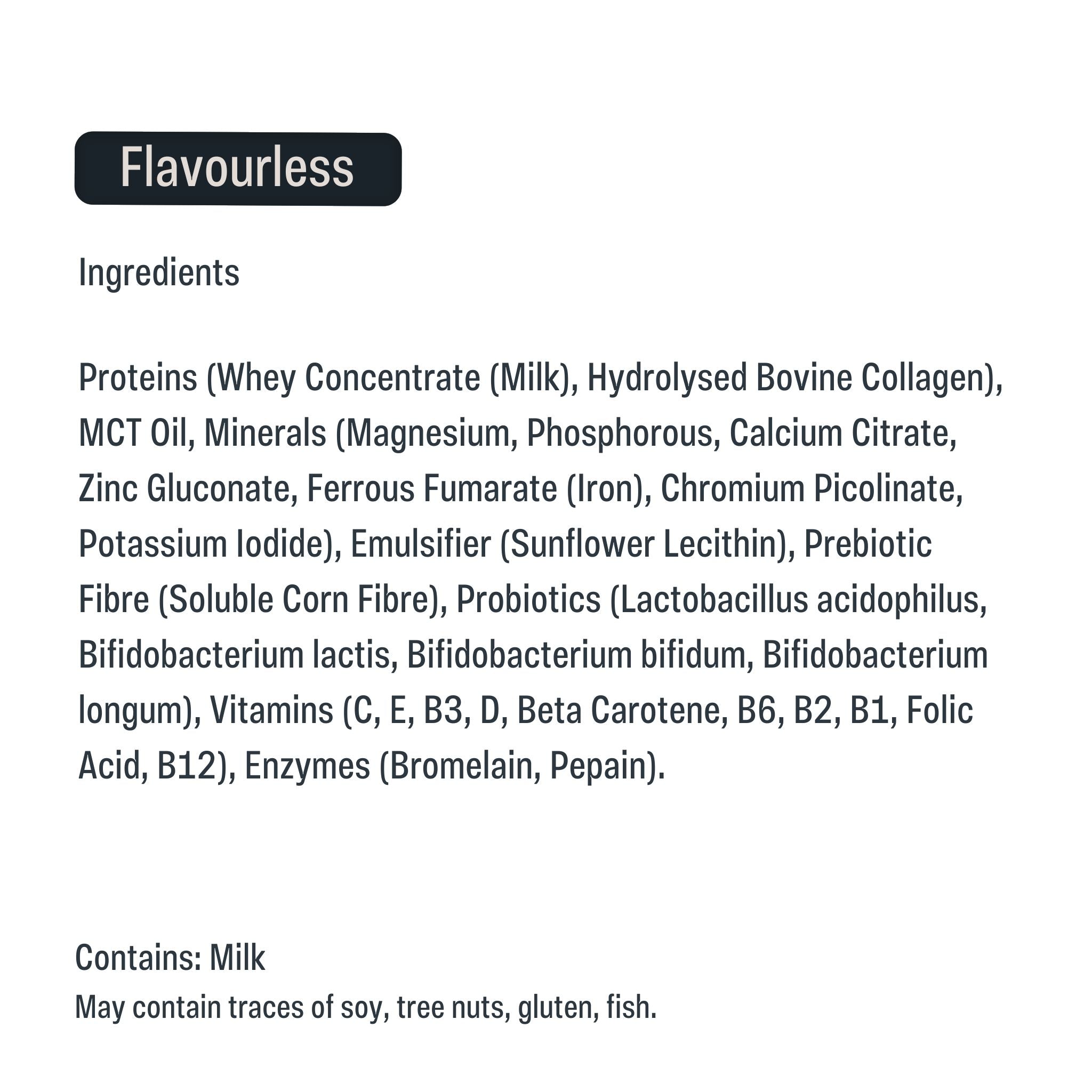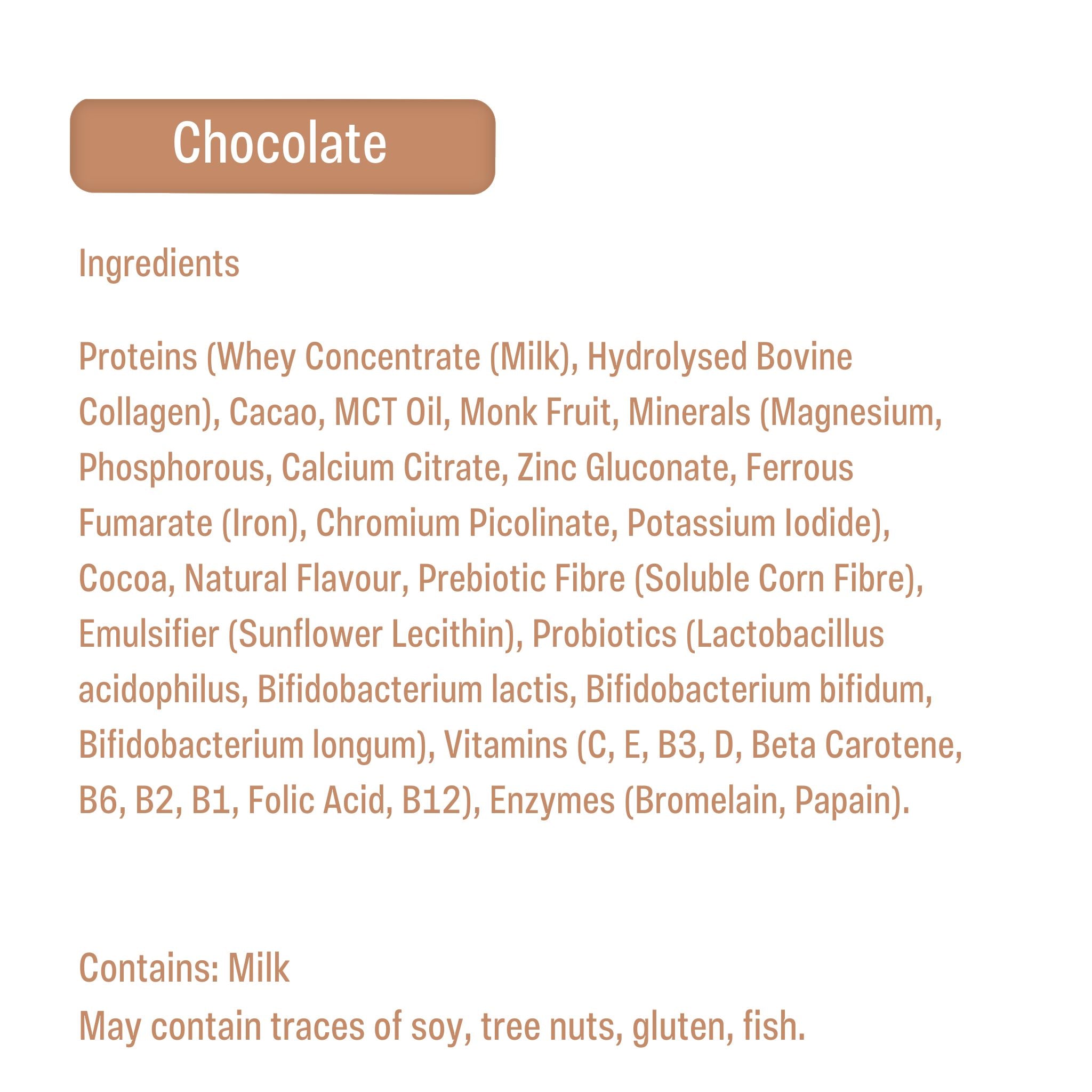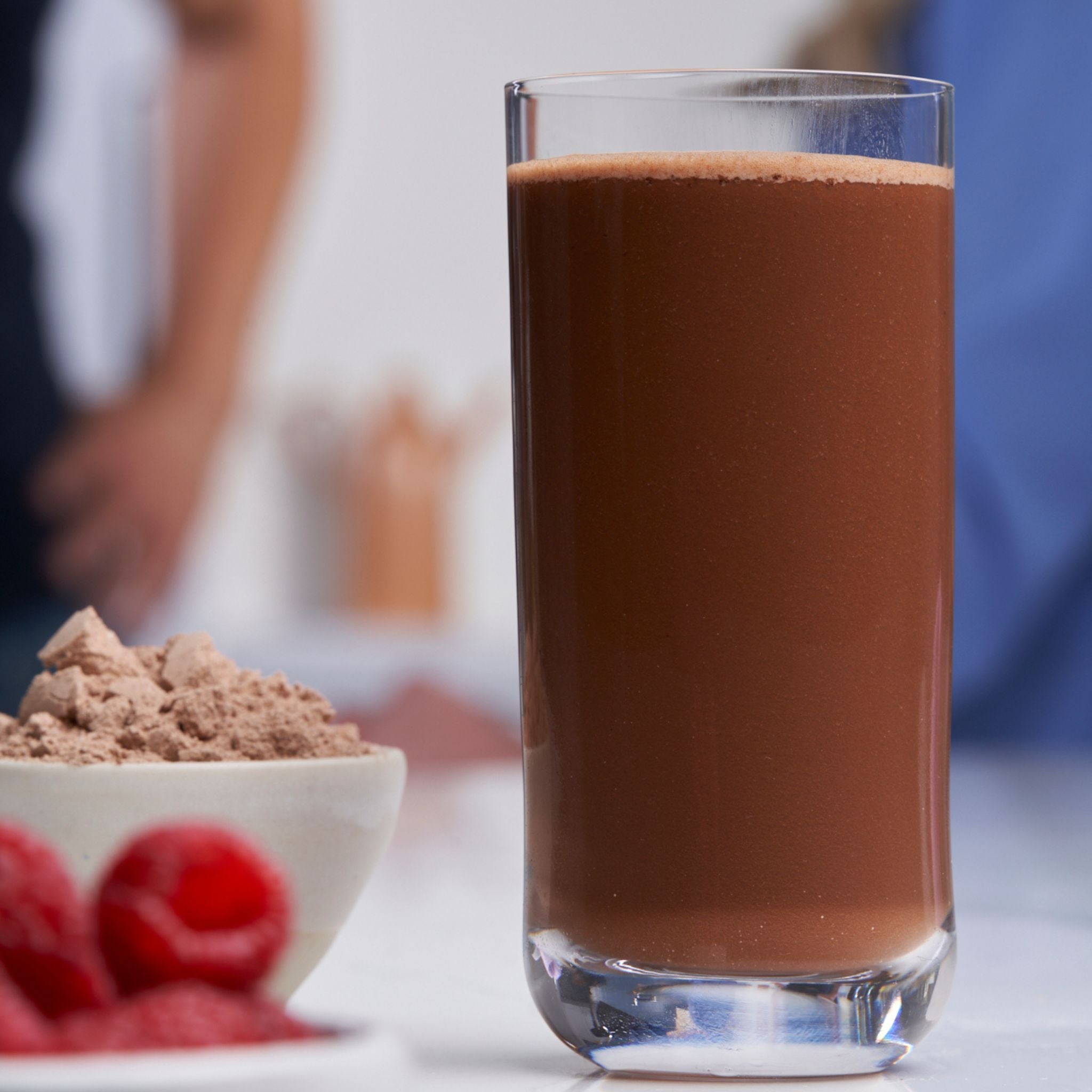With all the hype around intermittent fasting Lightly founder and coach, Carly Barlow gives you her perspective on intermittent fasting. Is it good for you? Will it help you lose weight? Is it safe? After delving into the research, we are pleased to provide this short overview on fasting types. After all, there are so many ways to fast and the type you should choose is the type that is right for YOU.
Let’s start with the basic regimes:
The 16:8 Fast – with the 16:8 you are basically fasting between dinner on one day and breakfast the next day. If you normally finish dinner at 7pm and have breakfast at 6am you have a fasting window of 11 hours. By simply eating dinner a little earlier and having breakfast a little later, you can extend this time out slowly to reach the goal of 16 hours without eating.
The 5:2 fast - this type of fasting is for people that prefer to do their fasting over 2 days and then eat ‘normally’ on the other 5 days. The 2 days of fasting require you to eat quite low calories at around 500 calories a day. This can be quite difficult however people find that psychologically, just doing it for one day (knowing that you can go back to a regular calorie intake on the other days) makes it ‘do-able’.
The Fast 800 is a very low calorie diet of just 800 calories per day, every day to get the body into ketosis. The regimen lasts for 2-12 weeks and is designed for fast weight loss, possibly before something like bariatric surgery. This type of regime isn’t really sustainable so isn’t our first choice when it comes to losing weight.
OMAD - OMAD stands for 'one meal a day'. You end up fasting for 23 out of 24 hours and usually choose dinner as your 'feast'. This type of regime is something you would work up to after doing the 16:8 fasting successfully. You could do this kind of fast maybe one or two days a week for the health benefits, but would need to go back to eating a regular healthy diet on the other days.
The Alternate Day Fast - is where you fast every second day. This type of fasting is quite long and hard as the non-eating window extends to 36 hours. You stop eating after dinner on day 1, you eat nothing the next day, and then have breakfast on day 3 (totalling 36 hours even though you only skipped 1 full day of eating). This type of fasting is best tried after your body has been used to other forms of fasting.
The Fasting Mimicking Diet was popularised by Dr Walter Longo who is a scientist who’s expertise is in fasting. This involves fasting for 5 days of the month, following a very low calorie diet on those 5 days.
And lastly, Longer Fasts – these fasts last for periods longer than 3 days. This is not for the faint hearted and would require medical supervision. For this reason, we don’t promote this type of fasting.
As a general guide we advise you to start with the least restrictive type and move slowly towards the more extended fasts. Some people choose to just do one type of fast and never move onto the other extended fasts, others like to go all in.
Let’s start with the basic regimes:
The 16:8 Fast – with the 16:8 you are basically fasting between dinner on one day and breakfast the next day. If you normally finish dinner at 7pm and have breakfast at 6am you have a fasting window of 11 hours. By simply eating dinner a little earlier and having breakfast a little later, you can extend this time out slowly to reach the goal of 16 hours without eating.
The 5:2 fast - this type of fasting is for people that prefer to do their fasting over 2 days and then eat ‘normally’ on the other 5 days. The 2 days of fasting require you to eat quite low calories at around 500 calories a day. This can be quite difficult however people find that psychologically, just doing it for one day (knowing that you can go back to a regular calorie intake on the other days) makes it ‘do-able’.
The Fast 800 is a very low calorie diet of just 800 calories per day, every day to get the body into ketosis. The regimen lasts for 2-12 weeks and is designed for fast weight loss, possibly before something like bariatric surgery. This type of regime isn’t really sustainable so isn’t our first choice when it comes to losing weight.
OMAD - OMAD stands for 'one meal a day'. You end up fasting for 23 out of 24 hours and usually choose dinner as your 'feast'. This type of regime is something you would work up to after doing the 16:8 fasting successfully. You could do this kind of fast maybe one or two days a week for the health benefits, but would need to go back to eating a regular healthy diet on the other days.
The Alternate Day Fast - is where you fast every second day. This type of fasting is quite long and hard as the non-eating window extends to 36 hours. You stop eating after dinner on day 1, you eat nothing the next day, and then have breakfast on day 3 (totalling 36 hours even though you only skipped 1 full day of eating). This type of fasting is best tried after your body has been used to other forms of fasting.
The Fasting Mimicking Diet was popularised by Dr Walter Longo who is a scientist who’s expertise is in fasting. This involves fasting for 5 days of the month, following a very low calorie diet on those 5 days.
And lastly, Longer Fasts – these fasts last for periods longer than 3 days. This is not for the faint hearted and would require medical supervision. For this reason, we don’t promote this type of fasting.
As a general guide we advise you to start with the least restrictive type and move slowly towards the more extended fasts. Some people choose to just do one type of fast and never move onto the other extended fasts, others like to go all in.
 is here! Shop now, pay later in 4 easy installments
is here! Shop now, pay later in 4 easy installments

